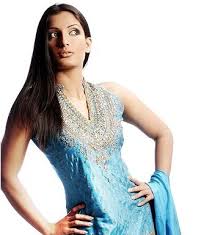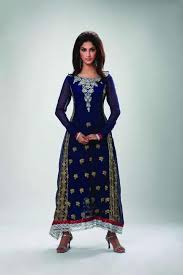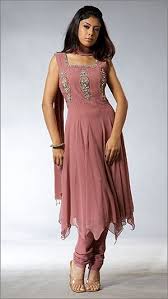Source (Google.com.pk)
Pakistani Formal Dresses Biography












Pakistani Formal Dresses Biography
Pakistani clothing including evening wear, casual
wear, formal wear shalwar kameez, and modern apparels which are worn
usually in Pakistan, India, Bangladesh, all over South Asia and at South
Asian families. The section also covers western pants, tops and shirts,
evening gowns at unbelievable low cost. Simply click on the sub
categories and you'll be able to browse through cool eastern western
collection of Mystique Asia. You may keep checking this section as we
often put special sale offers and discount offers so that you can buy
apparels dresses online.
We are very passionate about our work and
put in a lot of effort to provide you the latest designs so that you
look good. Special emphisis is given to Styling & Cuts of each dress
to make the person wearing them stand out..
Formal
Pakistani and Indian Dresses: Pakistani and Indian formal dresses are
quite unique in designs and always have heavy hand embroidery with
zardozi, dabka, sequins, beads, tilla, diamantes work etc. Women in
India and Pakistan like to wear new and latest formal dresses on each
function. These formal dresses are worn on functions like.
Pakistan has a cultural and ethnic background going back to the Indus Valley Civilization, which existed from 2800–1800 B.C., and was remarkable for its ordered cities, advanced sanitation, excellent roads, and uniquely structured society. Pakistan has been invaded many times in the past, and has been occupied and settled by many different peoples, each of whom have left their imprint on the current inhabitants of the country. Some of the largest groups were the Proto-Indo-Aryans, of which Sindhis and Punjabis descend from and later Iranic peoples which the Baloch and Pashtuns descend from. Other less significant ones include the Greeks, Scythians, Persians, White Huns, Arabs, Turks, Mongols, Buddhists, and other Eurasian groups, up to and including the British, who left in the late 1940s.
The region has formed a distinct cultural unit within the main cultural complex of South Asia, the Middle East and Central Asia from the earliest times, and is analogous to Turkey's position in Eurasia. There are differences in culture among the different ethnic groups in matters such as dress, food, and religion, especially where pre-Islamic customs differ from Islamic practices. Their cultural origins also reveal influences from far afield, including Tibet, Nepal, India, and eastern Afghanistan. All groups show varying degrees of influence from Persia, Turkestan and Hellenistic Greece. Pakistan was the first region of South Asia to receive the full impact of Islam and has developed a distinct Islamic identity, historically different from areas further west.
The region has formed a distinct cultural unit within the main cultural complex of South Asia, the Middle East and Central Asia from the earliest times, and is analogous to Turkey's position in Eurasia. There are differences in culture among the different ethnic groups in matters such as dress, food, and religion, especially where pre-Islamic customs differ from Islamic practices. Their cultural origins also reveal influences from far afield, including Tibet, Nepal, India, and eastern Afghanistan. All groups show varying degrees of influence from Persia, Turkestan and Hellenistic Greece. Pakistan was the first region of South Asia to receive the full impact of Islam and has developed a distinct Islamic identity, historically different from areas further west.
Ancient sites in Pakistan include: Zoroastrian Fire temples, Islamic centres, shi'a shrines/Sufi shrines, Buddhist temples, Sikh, Hindu, and pagan temples and shrines, gardens, tombs, palaces, monuments, and Mughal and Indo-Saracenic buildings. Sculpture is dominated by Greco-Buddhist friezes, and crafts by ceramics, jewellery, silk goods and engraved woodwork and metalwork.
Pakistani Formal Dresses
Pakistani Formal Dresses
Pakistani Formal Dresses
Pakistani Formal Dresses
Pakistani Formal Dresses
Pakistani Formal Dresses
Pakistani Formal Dresses
Pakistani Formal Dresses
Pakistani Formal Dresses
Pakistani Formal Dresses
Pakistani Formal Dresses
Pakistani Formal Dresses
Pakistani Formal Dresses
No comments:
Post a Comment